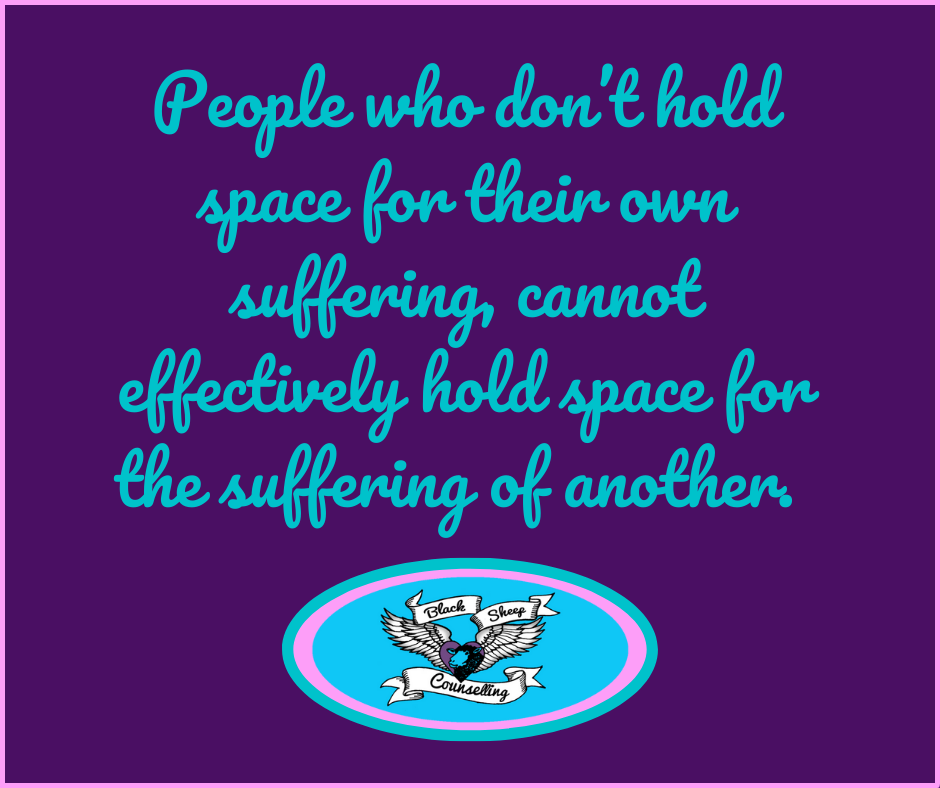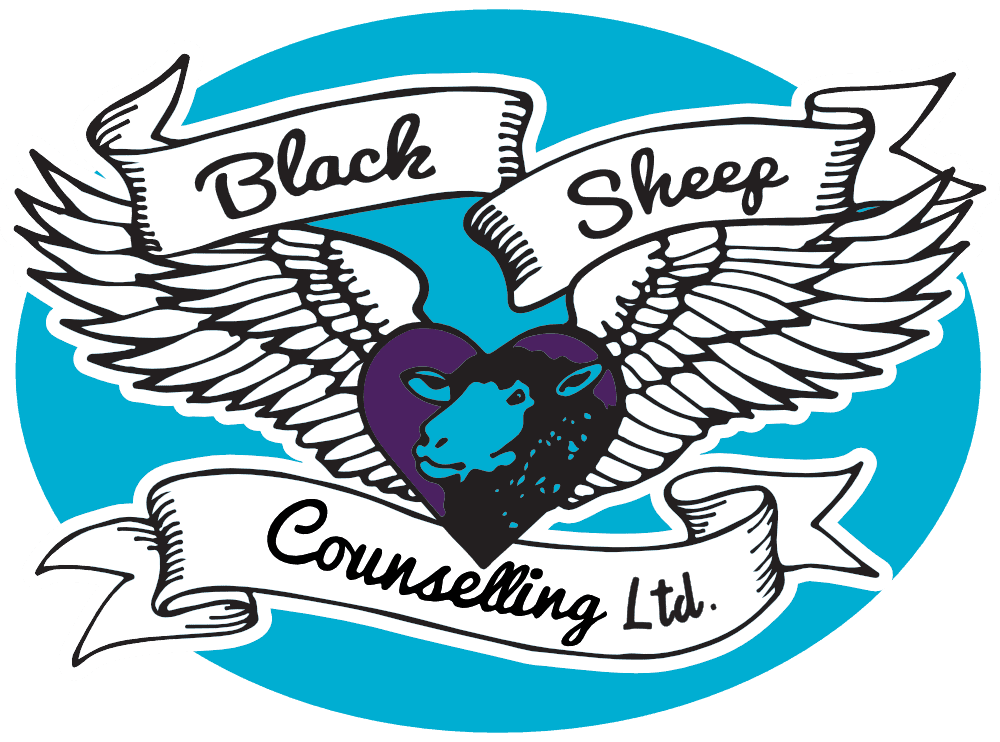What is Secondary Wounding?
Secondary wounding occurs when people who have experienced trauma are met with unsupportive responses to their pain. It is not surprising that not everyone can provide empathic responses to another’s pain story. However, it is the friends, family members, and those in the ‘helping’ profession (counsellors, police officers, social workers, clergy, teachers, doctors, nurses, legal aid, et cetera) that create the deepest secondary wounding for people who are already hurting.
Secondary wounding occurs when the people, institutions, caregivers, and others to whom the survivor turns to for emotional, legal, financial, medical or other assistance respond with disbelief, blame, stigmatization, or denial of assistance.
~Aphrodite Matsakis, Ph.D
Perpetuating the Hurt:
Secondary wounding most often occurs because people who have not contended with trauma or abuse struggle to comprehend the debilitating aftereffects of trauma. This lack of understanding impedes one from providing the empathy and patience needed to effectively support a survivor as they grapple with restoring their dysregulated nervous system to an optimal place of homeostasis, and work towards processing their cognitive, emotional, sensory structures.
Some other people live their lives ignoring social injustices, pain and sadness and instead espouse what is known as ‘toxic positivity’*. When these individuals encounter a trauma survivor, they may minimize, reject, ridicule, or invalidate them as the survivor represents the parts of themselves they have chosen to deny.
Even some fellow trauma survivors can react in harmful ways to those hurting from the effects of their painful experiences, as they may have chosen to deny or suppress their own trauma, thus giving rise to behaviours such as mocking, shame dumping, and projection to keep their own denial defense mechanism intact.

Presentations of secondary wounding are:
Blaming the Victim. Victim-blaming is conveying to the victim that they are responsible for what occurred, rather than the perpetrator(s). Victim-blaming occurs when it is assumed that an individual did something to provoke bullying, emotional, financial, physical, mental, or spiritual abuse, or even some kind of natural or manmade disaster. Blaming the victim is surprisingly common and sounds like:
“you should have known better than to let this happen”;
“why didn’t you come forward sooner?”;
“did you even try to stop it?”
“you must have known this could happen by being alone with them”
“this is exactly the kind of thing that happens when you go out at night/leave home/trust people/drink [or other shaming statement that attempts to justify why something traumatic has occurred]”
Victim-blaming is taking a stance of superiority and allows people to believe that such events could never happen to them. Blaming the victim doesn’t just slow down healthy recovery, it creates internalized shame, self-loathing (“why can’t I just get over this?”), thereby increasing anxiety, depression, isolation, and maladaptive, and often life-threatening coping behaviours (such as self-harm, substance abuse, suicidality).
Disbelief and Minimization. People can often deny or disbelieve the trauma survivor’s account of what happened. It sounds like:
“you can’t even tell the same story twice!”
“you keep going back to him/her/them, so it can’t have been that bad”
Survivors can also have the magnitude of their traumatic injury minimized:
“well, you’re still able to do __________, so you’re clearly doing better than you claim”.
Stigmatization. Stigmatization occurs when people assume that trauma survivors are wallowing or stalling their own recovery (‘victim mentality’), or the survivor is faking the severity of symptoms for ongoing attention and/or financial compensation or engaging in other acts of manipulation.
Denial of Supportive Assistance. Trauma survivors are sometimes denied support or have their support prematurely discontinued from the very systems whose job is to support them. This can be due to deficits in funding, but since COVID and the opioid epidemic, it is also due to many workers in healthcare, law enforcement/first responders, and social services experiencing workplace burnout, empathy fatigue, and moral injury, thus impeding their ability to effectively hold genuine and compassionate space for others.
Secondary wounding can inflict more harm and cause enduring traumatic impact that can be more devastating than the original traumatic event itself.
*Toxic Positivity: Toxic positivity is acting happy or cheerful in an inauthentic way. Toxic positivity denies people the empathic support that they need to cope with what they are facing; it is shaming, causes guilt, and avoids authentically connecting to the shared human experience of suffering, making the sufferer feel more alone. Research shows that when the emotions people express match the emotions that they feel (whether pleasant or unpleasant), it increases life satisfaction and decreases depressive symptomology. For an alternative to offering someone empty platitudes of hope when they are suffering, see here: https://blacksheepcounselling.com/2017/07/holding-space/

Reference:
Matsakis, A. T. (1996). I Can’t Get Over It: A handbook for trauma survivors. New Harbinger Publications, Inc: Oakland, CA.
